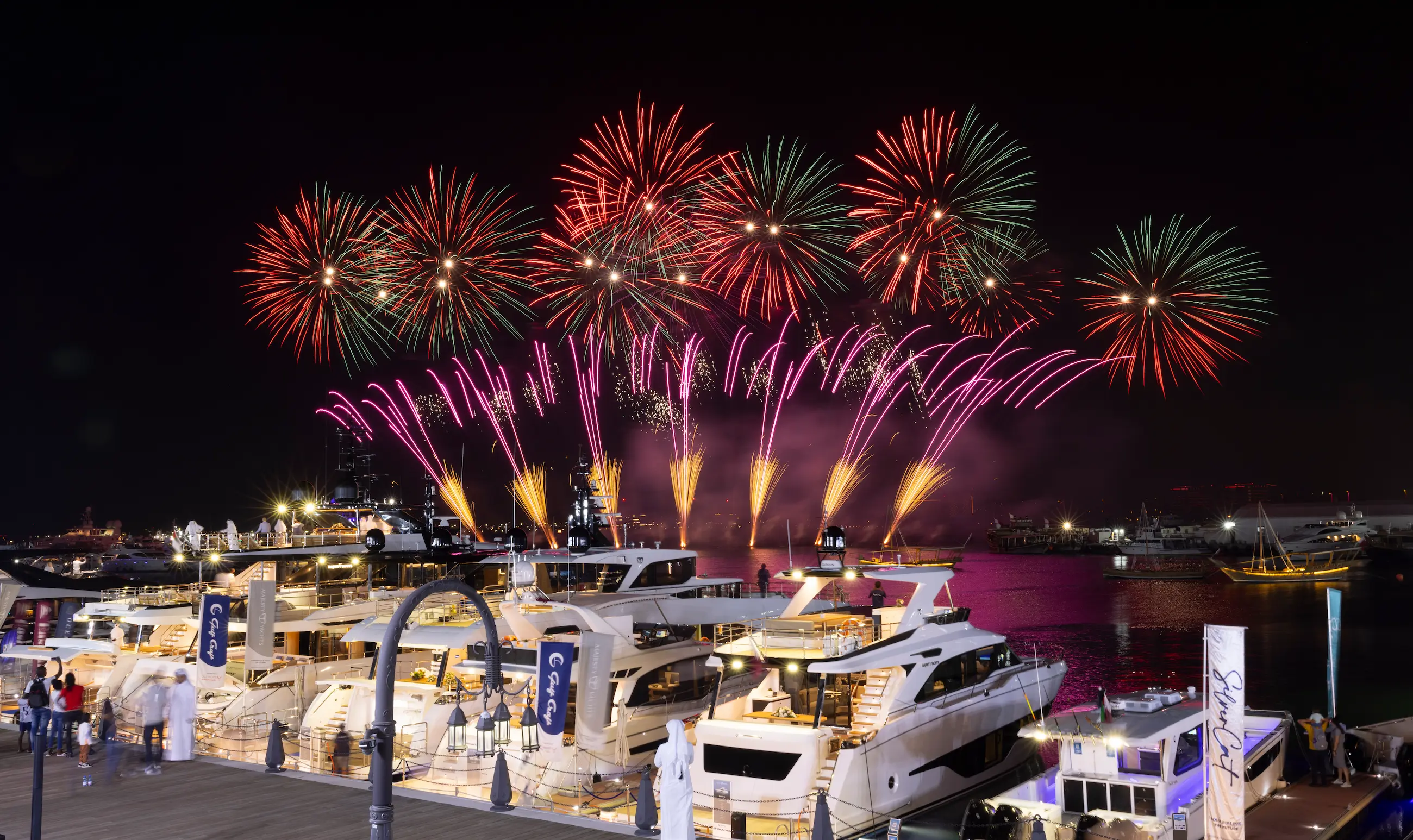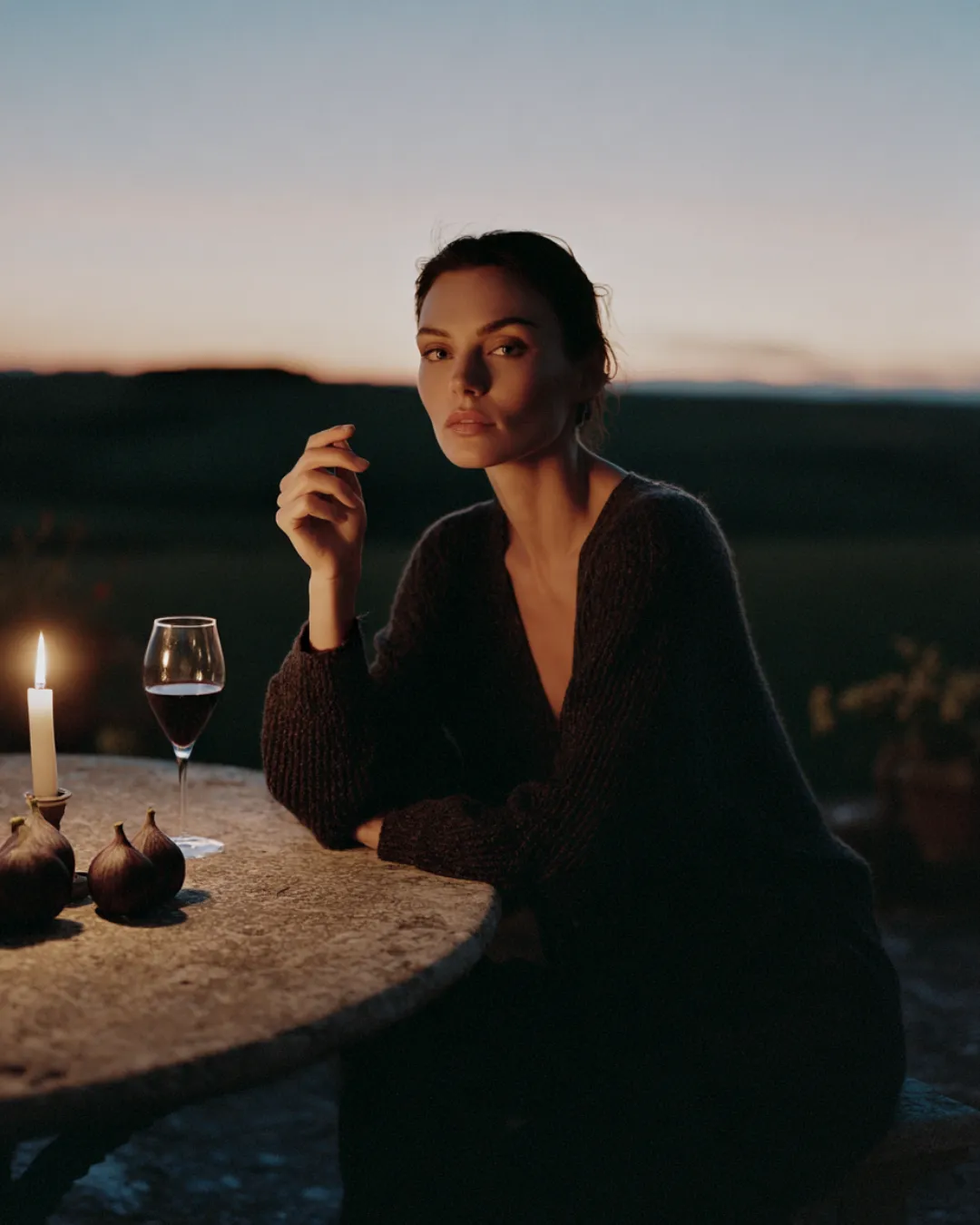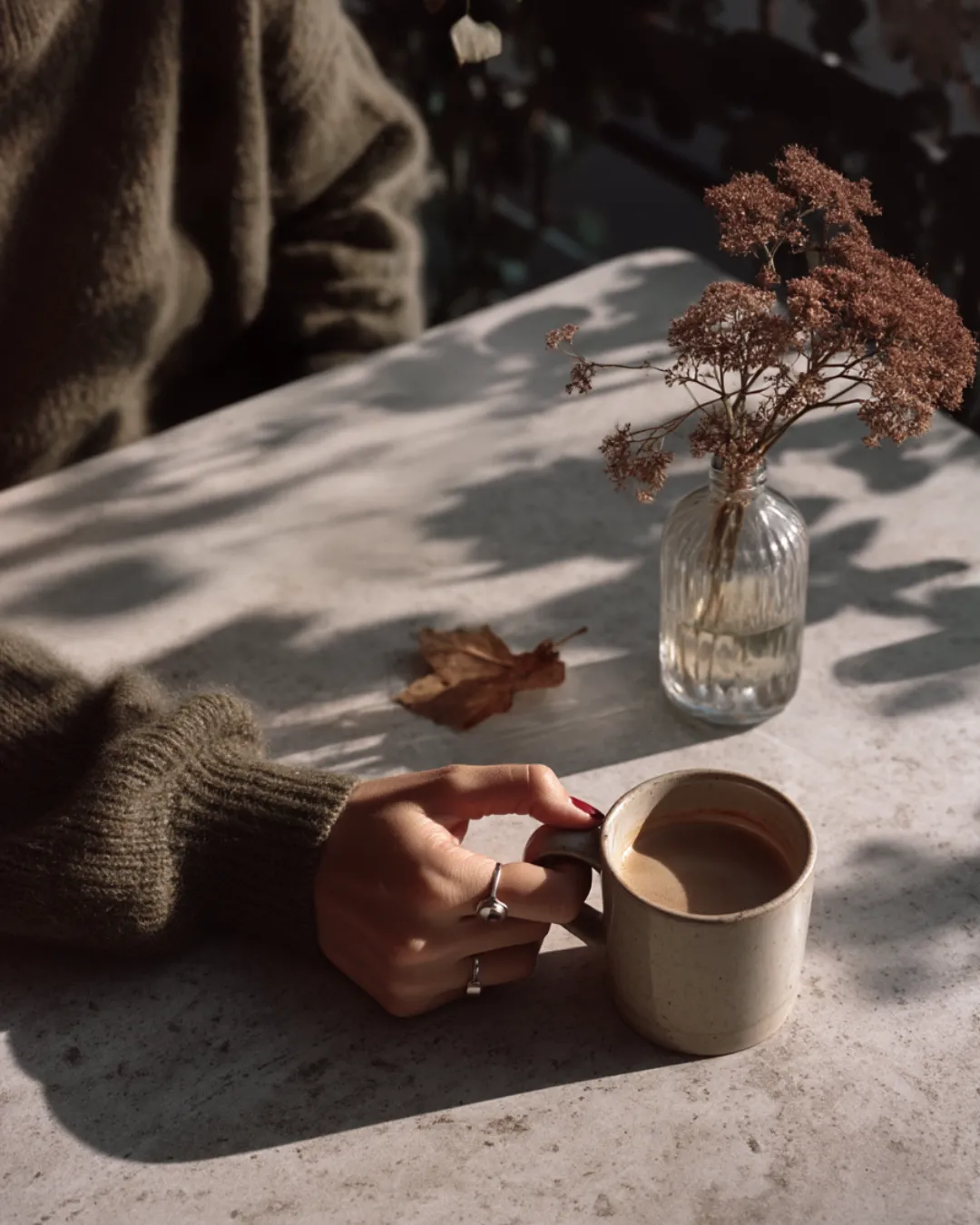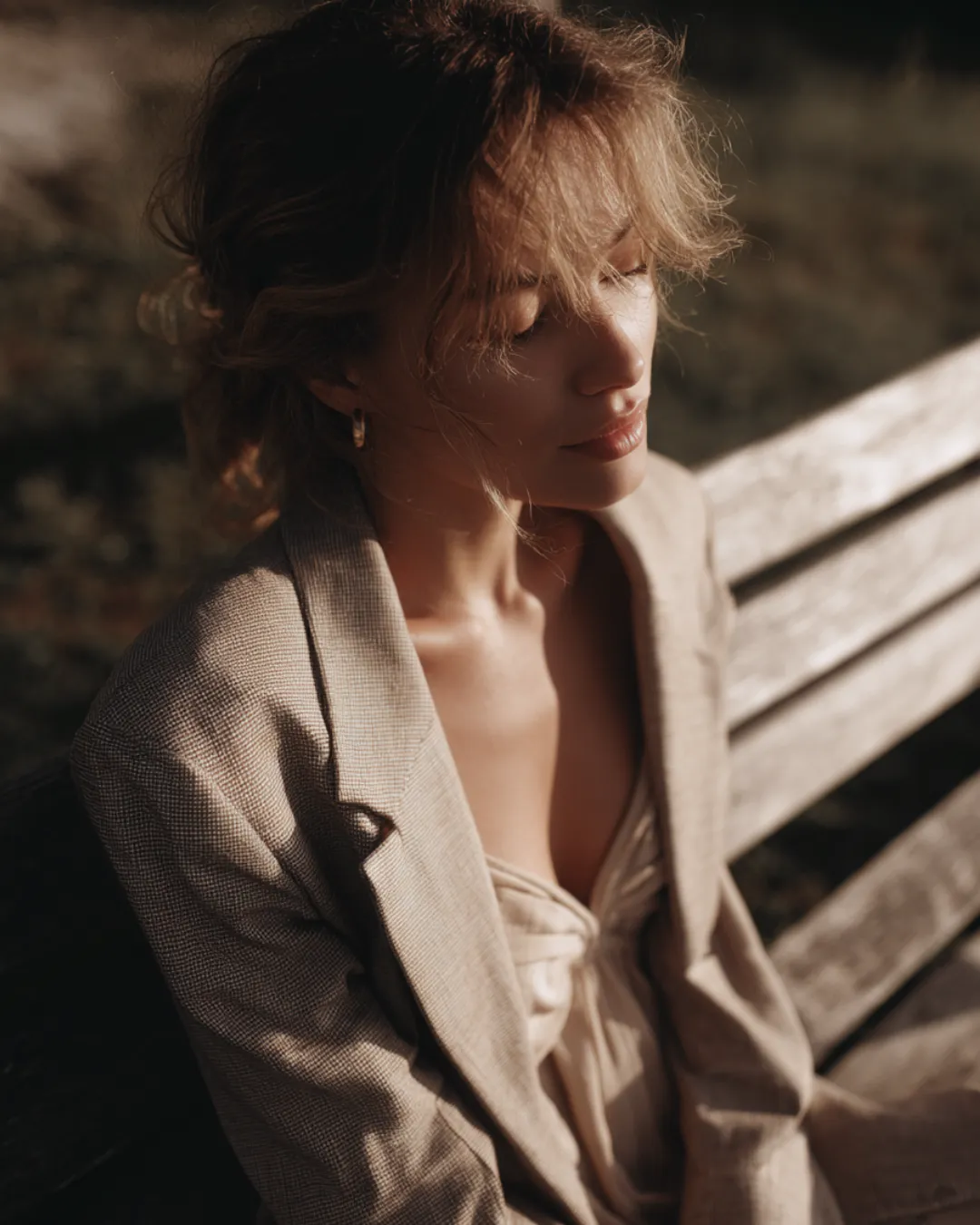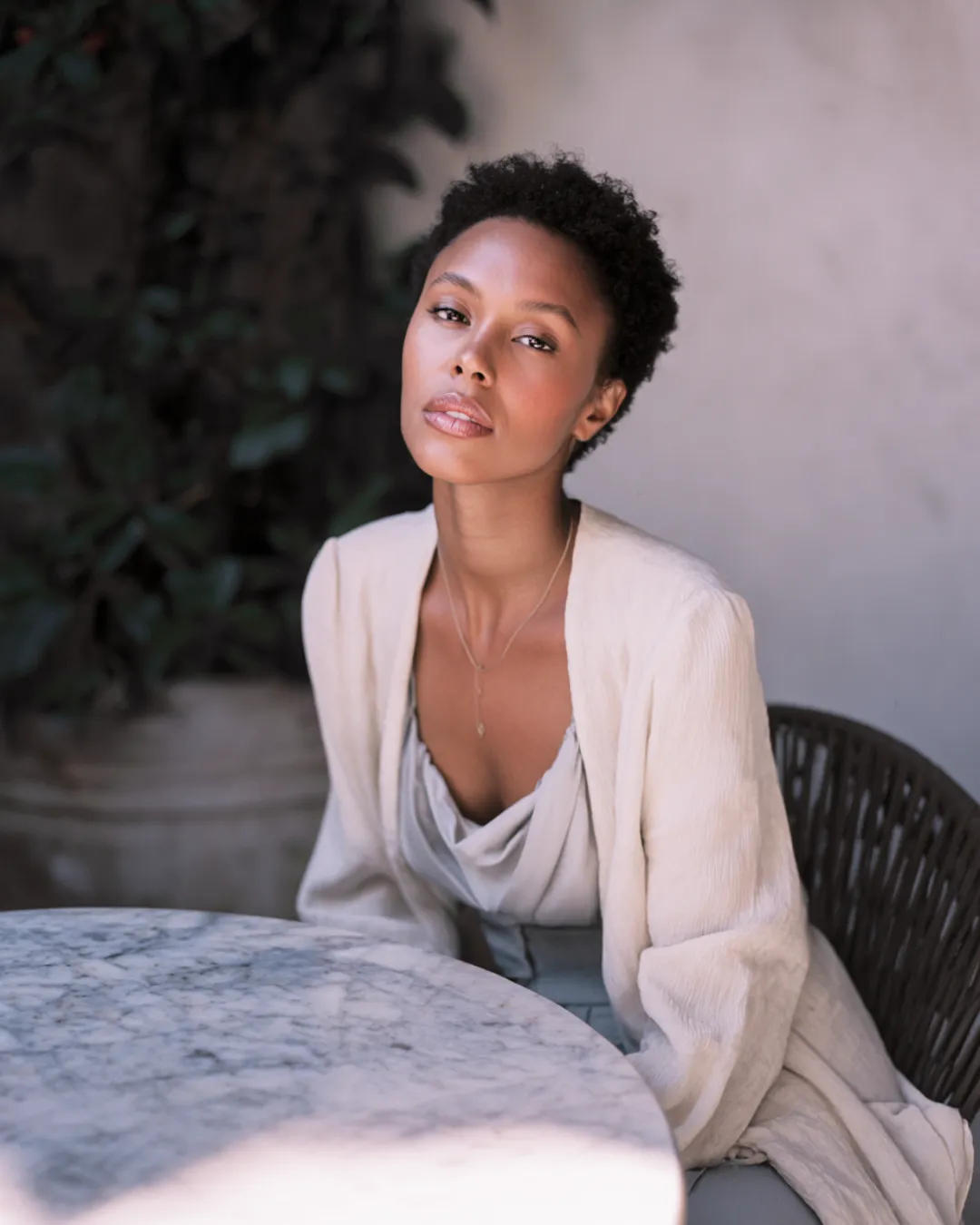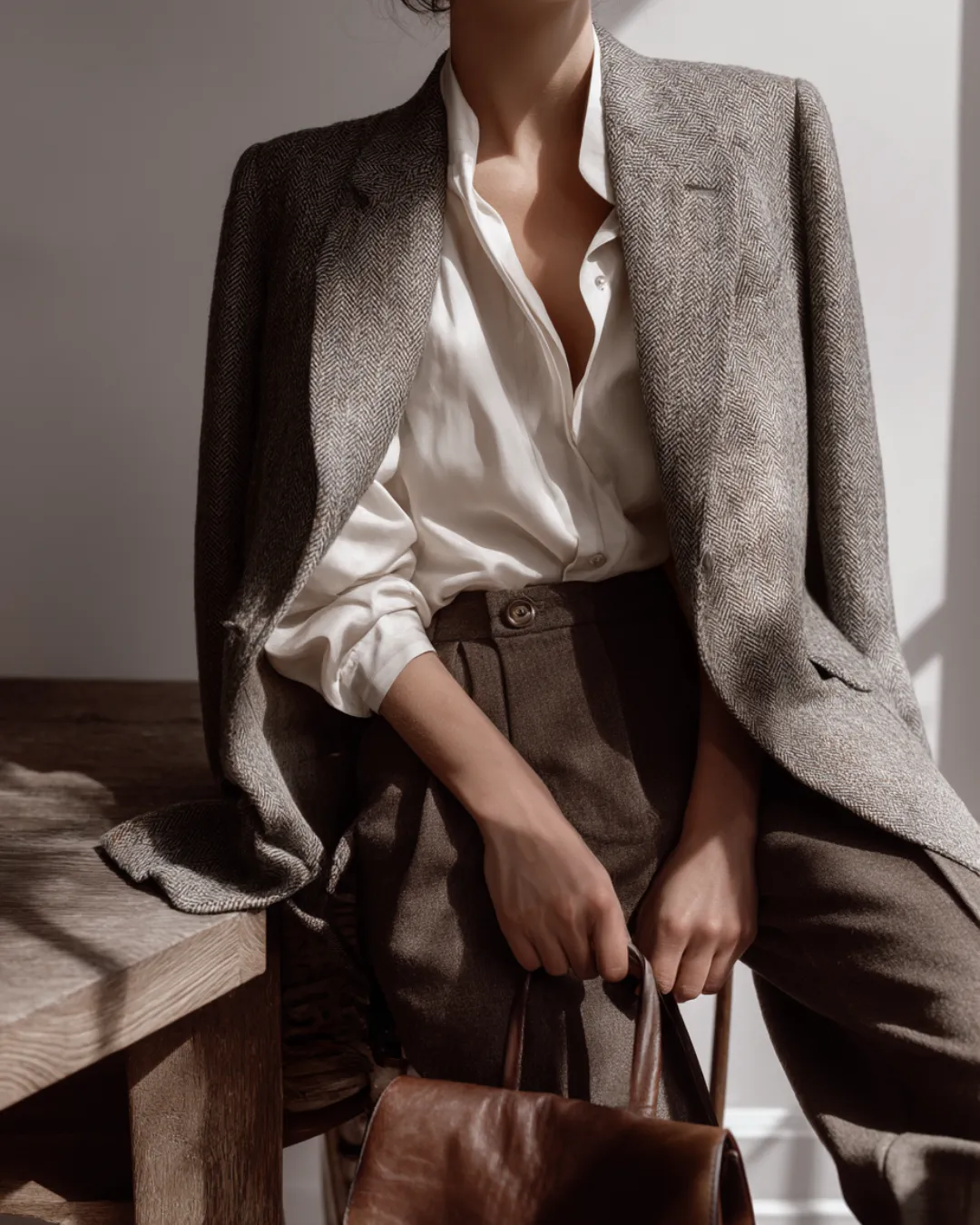Pitti Immagine Uomo 108 Menswear's Global Spotlight

Courtesy of Henge
Courtesy of Andreas Simopoulos
Courtesy of Dave Benett
Courtesy of Japan Mobility Show
Courtesy of ART Cologne
Courtesy of whenobjectswork / Kate Hume
Courtesy of Ivan Erofeev
Courtesy of Stéphane ABOUDARAM - WE ARE CONTENT(S)
Courtesy of Sacha Moreau / Global Gift Gala Monaco
Courtesy of Fadi Al Shami
Courtesy of Sofia Hartmann
Courtesy of Historyhd
Courtesy of Mick De Paola
Courtesy of the artist (c) VG Bild-Kunst, Bonn 2025. Photography by Jens Ziehe.
Courtesy of Yasamine June
Courtesy of Rawisara Prachaksubhanit
Courtesy of Mariia Dred for Berlin Fashion Week
Courtesy of Michael Fousert
Courtesy of Raden Prasetya
Courtesy of Antonia Tewes
Courtesy of Antonia Tewes
Courtesy of Carlo Bazzo
Courtesy of Artem Zakharov
Courtesy of James Cochrane / Copenhagen Fashion Week SS26
Courtesy of Fashion Week Studio
Courtesy of Burak Goraler / AFW
Courtesy of Antonia Tewes
Courtesy of SF / Luigi Caputo
Courtesy of Bruno Cordioli / CC BY 2.0 via Wikimedia Commons
Courtesy of Dubai Fashion Week / Ruzaini Official
Courtesy of Frieze Seoul 2025 / Wecap Studio
Courtesy of LecartPhotos
Courtesy of Jacopo Salvi / La Biennale di Venezia / ASAC Photo
Courtesy of Campione d’Italia’s Classic Circuit
Courtesy of Maxi Yacht Rolex Cup
Courtesy of Jochem Raat
Courtesy of Corey Watson
Courtesy of Pitti Immagine / Fragranze
Courtesy of Le Sable
Courtesy of Once Milano
Courtesy of Monaco Yacht Show
Photo by Darren Carroll/PGA of America
Courtesy of Guy Bell / British Art Fair
Photo by Sean Zanni / Patrick McMullan via Getty Images
Courtesy of Messe München GmbH / Thomas Plettenberg
Courtesy of ph G Martin-Raget/SNST
Courtesy of David Pupăză
Courtesy of Derek Rose
Courtesy of Jim Winslet
Courtesy of Millie Turner/BFI
Photo by Hugo Glendinning. Courtesy of Frieze
Courtesy of Rolex / Kurt Arrigo
Courtesy of Laura Dupuy
Courtesy of Palm Beach Show Group
Courtesy of Getty Images for Perelman Perfor
Courtesy of BFA 2025
Images credited Jason Alden courtesy of LAPADA
Courtesy of Informa Markets
Courtesy of The Qatar Boat Show
Courtesy of Getty Images for Baby2Baby
Courtesy of Jeanne Canto
Courtesy of Darian DiCianno
Courtesy of David Long/Cancer Research UK
A
T
I
O
T
M
I
L
L
L
C
S
S
T
T
A
T
H
F
T
E
F
O
A
T
F
I
T
T
T
T
I
I
T
I
O
P
S
A
S
U
O
A
E
G
B
I
A
I
L
I
T
M
O
G
U
I
L
S
N
I
D
U
T
A
F
I
W
F
O
A
A
M
L
I
lorence’s Fortezza da Basso once again became the epicenter of men’s fashion as Pitti Immagine Uomo staged its 108th edition from June 17 to 20, 2025. The summer trade fair brought together over 730 brands from around the world and about 43% of them from outside Italy. Showcasing their Spring/Summer 2026 collections to an international audience of buyers, press and style aficionados. Within the fortress walls, the layout spanned five thematic sections from classic tailoring to streetwear and outdoor apparel, mirroring the breadth of contemporary menswear. This season’s guiding theme, “Pitti Bikes,” infused the fair with cycling-inspired energy: the venue was dotted with bicycle-themed installations, including a dedicated BECYCLE exhibit that blended fashion with bike culture. The global reach of Pitti was evident in special group showcases as well – from a CODE Korea project highlighting rising Korean labels to a new “China Wave” area introducing cutting-edge Chinese brands, along with an Angel for Fashion initiative that spotlighted three emerging Ukrainian designers determined to create despite the odds.
Amid the bustling stands and presentations, discernible trends in menswear emerged. Many designers appeared to be moving away from the ultra-slim, tight silhouettes of past years in favor of softer volumes and more relaxed tailoring, with jackets cut longer than recently seen and trousers offering easier drape. True to Pitti’s sartorial spirit, even under the Tuscan summer sun (temperatures climbed above 35°C), most attendees kept their blazers on – a testament to the enduring appeal of elegant dressing. In fact, a palpable sense of a return to formality pervaded the week. American icon Tommy Hilfiger encapsulated this mood during his appearance in Florence, declaring “the art of dressing up is back,” and noting that men are embracing a more elevated look which is bringing “great energy back to tailoring traditions”. At the same time, designers deftly fused formal attire with performance influences. Italian luxury house Herno, for example, used its Pitti pavilion to debut a comprehensive menswear wardrobe designed for the modern man who traverses “scenery, cities, rhythms.” The collection was segmented into offerings ranging from an Excellence line of archetypal suits in feather-light silk-cashmere, to a sharply modern Advance line inspired by technical hiking gear – a shift that takes the brand well beyond its heritage in outerwear. Across the board, the message was that contemporary menswear can be both polished and practical, heritage-driven yet forward-thinking.
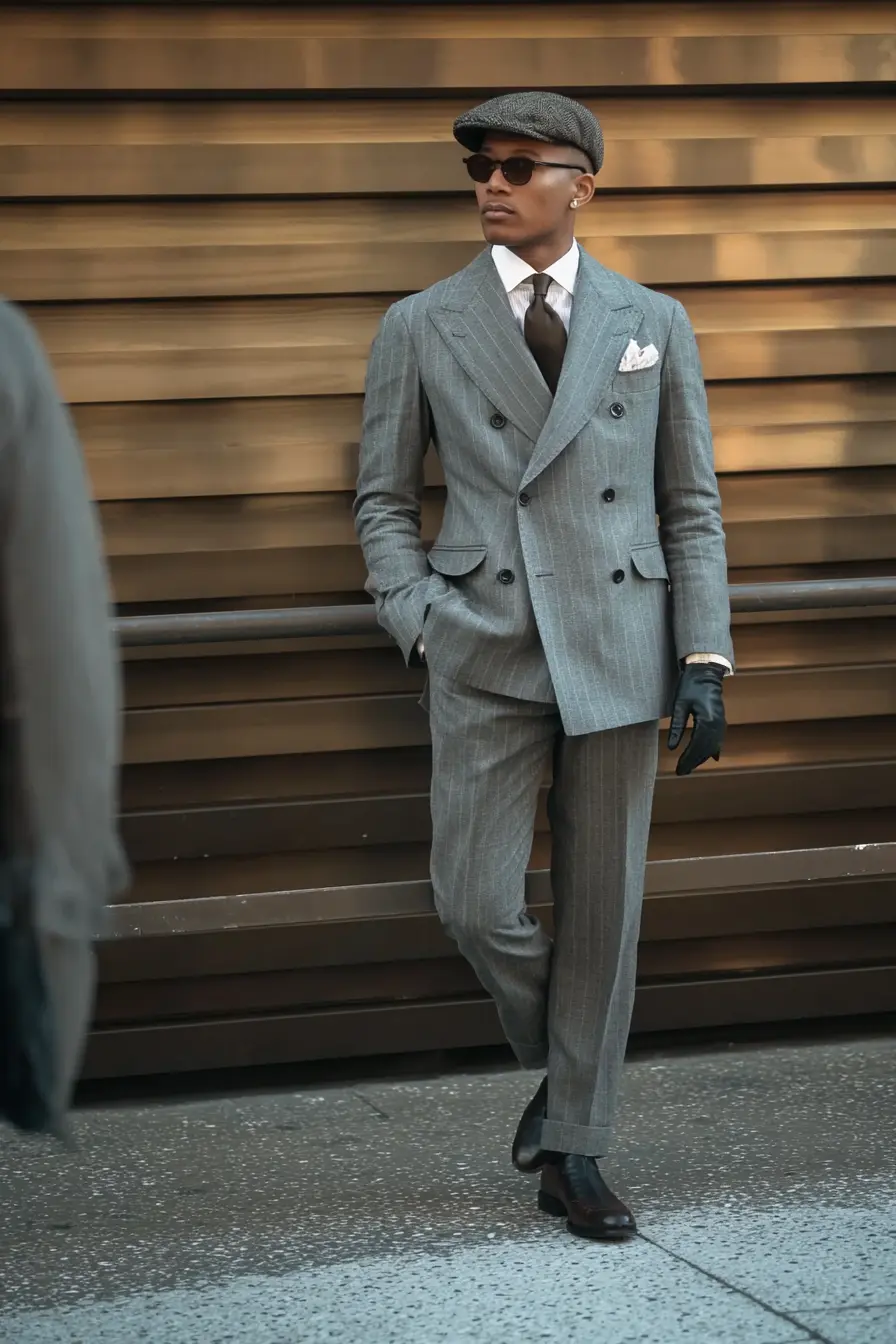
A major draw of Pitti Uomo 108 was its lineup of special guest designers and runway events, which this year spotlighted talents from Italy to Japan and Korea. As Guest of Honor, Homme Plissé Issey Miyake staged a memorable sunset show in the gardens of the 16th-century Villa Medicea della Petraia on Florence’s outskirts. This marked the first stop of the Japanese label’s new nomadic show schedule, and the setting – a historic Renaissance villa – underscored the collection’s inspiration. The Spring/Summer 2026 line was effectively an ode to Italy, translating the country’s colors and textures into the brand’s signature pleated garments: one fabric mimicked the look of rustic linen, while vibrant hues were color-matched to lemons, courgette blossoms and the pastel streets of the Cinque Terre. Meanwhile in the city center, Niccolò Pasqualetti – a rising Italian designer and Pitti Guest Designer – presented his new collection on the rooftop of the Maggio Musicale Fiorentino theater, with the skyline of Florence as a backdrop. Pasqualetti’s show took place in the bright morning light and featured intriguingly deconstructed tailoring and airy, gender-fluid silhouettes that seemed to flirt with the idea of undress, all rendered in materials like silk, linen and cotton as a nod to Italian textile traditions. Another Guest Designer, Seoul-based avant-garde label Post Archive Faction (PAF), brought a futurist Korean perspective to Pitti. In collaboration with Korea’s fashion government agency KOCCA, PAF created a site-specific installation as part of the fair’s focus on Korean talent. And on opening night, Tokyo designer Hideaki Shikama kicked off the week with his cult label Children of the Discordance serving as Pitti’s Special Event. The brand – known for blending vintage Americana, upcycled materials and streetwear attitude – put on a high-energy runway show on June 17, marking its return to Florence after several years. “This is the event that led to an increase in my business partners,” Shikama said of Pitti, expressing gratitude at being invited back to showcase his new collection in front of the fair’s global audience. His presentation, supported by the Japan Fashion Week Organization, embodied the independent spirit and archival remixing that Pitti’s curators have been championing.
Beyond the official program, Pitti Uomo is equally renowned for the satellite events, brand showcases and parties that orbit the trade show – and the 108th edition delivered plenty of buzz on this front. Among the most talked-about happenings was the one hosted by Italian cashmere titan Brunello Cucinelli, who upheld his biannual tradition of welcoming the fashion community with a spectacular dinner on the eve of Pitti. This season, Cucinelli’s invitees ascended to the lush Villa Bardini gardens overlooking Florence, where long candle-lit tables and local gourmet fare created a dreamy, old-world atmosphere. The designer addressed guests with candid thoughts on the state of luxury – cautioning that customers are tired of “paying absurd prices” after years of relentless markups – before unveiling his new collection at the fair the following day. Notably, Cucinelli’s Spring/Summer 2026 range kept one eye on younger clients: it featured a rich palette of reds (from dusty rose to cherry and bright tangerine) and longer jacket and trouser cuts, moving away from the high-cropped silhouettes of seasons past. If Cucinelli’s gathering felt like a graceful reset, Tommy Hilfiger injected a dose of All-American energy mid-week with a one-night-only event dubbed “The Hilfiger Social Club.” On the Wednesday evening, the American designer transformed the historic Palazzo Portinari Salviati into a private members’ club replete with white linen-covered tables, branded director’s chairs and a well-stocked Aperol Spritz bar. Models mingled with guests, sporting Hilfiger’s just-unveiled “Tommy Hilfiger New York” collection – a dressed-up riff on his preppy classics, inspired by the bespoke tradition of London’s Savile Row. “When I started my brand 40 years ago, I set out to give those traditional codes a fun American twist. That’s what we’re doing again today,” Hilfiger said of the new line, which signaled his brand’s renewed emphasis on tailoring. The designer himself was on hand and visibly moved, as a throng of well-wishers swarmed to greet him during the party.
The fair’s international character was on full display through other brand events as well. American heritage label U.S. Polo Assn. Chose Pitti 108 to celebrate its 135th anniversary, treating over 1,500 guests to a high-profile soirée that fused fashion, art, sport and music. Held in Florence’s venerable Santa Maria Novella complex, the anniversary event featured a special presentation of U.S. Polo Assn.’s new collection – a tribute to the brand’s polo roots and enduring “born to play” spirit – and appearances by stars like DJ Benny Benassi, drawing a large international crowd. In a more low-key vein, British designer Margaret Howell offered weary show-goers a chance to cool down and recharge: on Wednesday afternoon she hosted a charming gelato “pit-stop” at her Florence boutique on Piazza Carlo Goldoni. In collaboration with the UK Fashion and Textile Association, Howell turned her store into a casual gathering spot, complete with a vintage gelato truck from the famed Vivoli gelateria serving pistachio and vanilla scoops to complement the glasses of prosecco. This delightful interlude exemplified Pitti’s unique mix of business and pleasure – where deals might be discussed over ice cream in the midst of summer heat. Meanwhile, several brands seized the Pitti platform to launch new chapters. Italy’s own Ellesse – the storied Perugia-founded sportswear brand – marked its rebirth at Pitti Uomo 108 with an immersive pop-up installation to showcase its latest designs. Founded in 1959 by Leonardo Servadio (whose initials L.S. give Ellesse its name), the label became famous for blending athletic wear with Italian tailoring flair; its Spring/Summer 2026 collection builds on that legacy with confident, retro-infused pieces that exude what the brand calls “timeless elegance and undeniable cool”. The Pitti presentation invited visitors to step into Ellesse’s world and celebrate a vibrant new chapter for the label. And in a coup for streetwear fans, ICECREAM – the cult label co-founded by Pharrell Williams and Nigo – made its Pitti debut. The brand (an offshoot of Billionaire Boys Club) set up an attention-grabbing display inside the Fortezza, bringing its skateboard-inspired aesthetic and playful graphics to the traditionally sartorial fair. ICECREAM’s presence at Pitti underscored the event’s increasing reach into youth culture and hype fashion, areas once outside the fair’s classic comfort zone.
One of the most meaningful moments of Pitti Uomo 108 came courtesy of a special charity runway show that united fashion with philanthropy. On the evening of Thursday, June 19, the cavernous Salone dei Cinquecento in Florence’s Palazzo Vecchio was the stage for a unique event organized by Pitti in partnership with the non-profit Corri La Vita and designer Chiara Boni. Conceived to support breast cancer research and awareness, the show paid tribute to Italy’s rich fashion heritage while delivering a message of hope. In lieu of new collections, the runway featured around 70 iconic garments by Italy’s most prestigious designers – vintage creations by names such as Armani, Roberto Cavalli, Valentino, Emilio Pucci, Salvatore Ferragamo, and many others – worn by young volunteer models from across Italy. The effect was a living retrospective of post-war Italian fashion, reinterpreted through the lens of solidarity and sustainability. The packed hall, filled with industry figures and local dignitaries, erupted in applause as each historic look appeared, recognizing both the artistry of the past and the charitable cause at hand. The ever-glamorous Italian actress and performer Drusilla Foer served as a special guest, adding her star power to an evening that highlighted what Corri La Vita’s organizers called “the power of fashion to drive meaningful social impact”. By the end of the night, the event had raised significant funds for cancer support services, closing Pitti Uomo 108 with an uplifting reminder that style and substance can go hand in hand.
After four packed days, Pitti Uomo 108 concluded as not just a trade fair, but a comprehensive celebration of where menswear stands today. In the halls of the Fortezza da Basso, one could wander from a heritage Neapolitan tailor’s booth to a cutting-edge Korean streetwear installation, or from a technical sportswear display to a gallery-like exhibit of Japanese craftsmanship – a testament to Pitti’s role as a crossroads for fashion cultures. Meanwhile, the week’s array of shows, parties and cultural happenings ensured that the spirit of menswear was felt throughout the city of Florence, from dawn till late night. In its 108th edition, Pitti Immagine Uomo managed to turn challenges into opportunities, projecting optimism and creativity in a time of uncertainty, just as its organizers had hoped. By balancing commercial needs with artistic showcases and global exchange, the fair reaffirmed its status as a barometer for men’s fashion trends and a unique platform where the past and future of style meet. As the last visitors departed and exhibitors packed up their booths, one thing was clear: the inspirations sparked and connections made at Pitti Uomo 108 will resonate in the menswear world for seasons to come.




